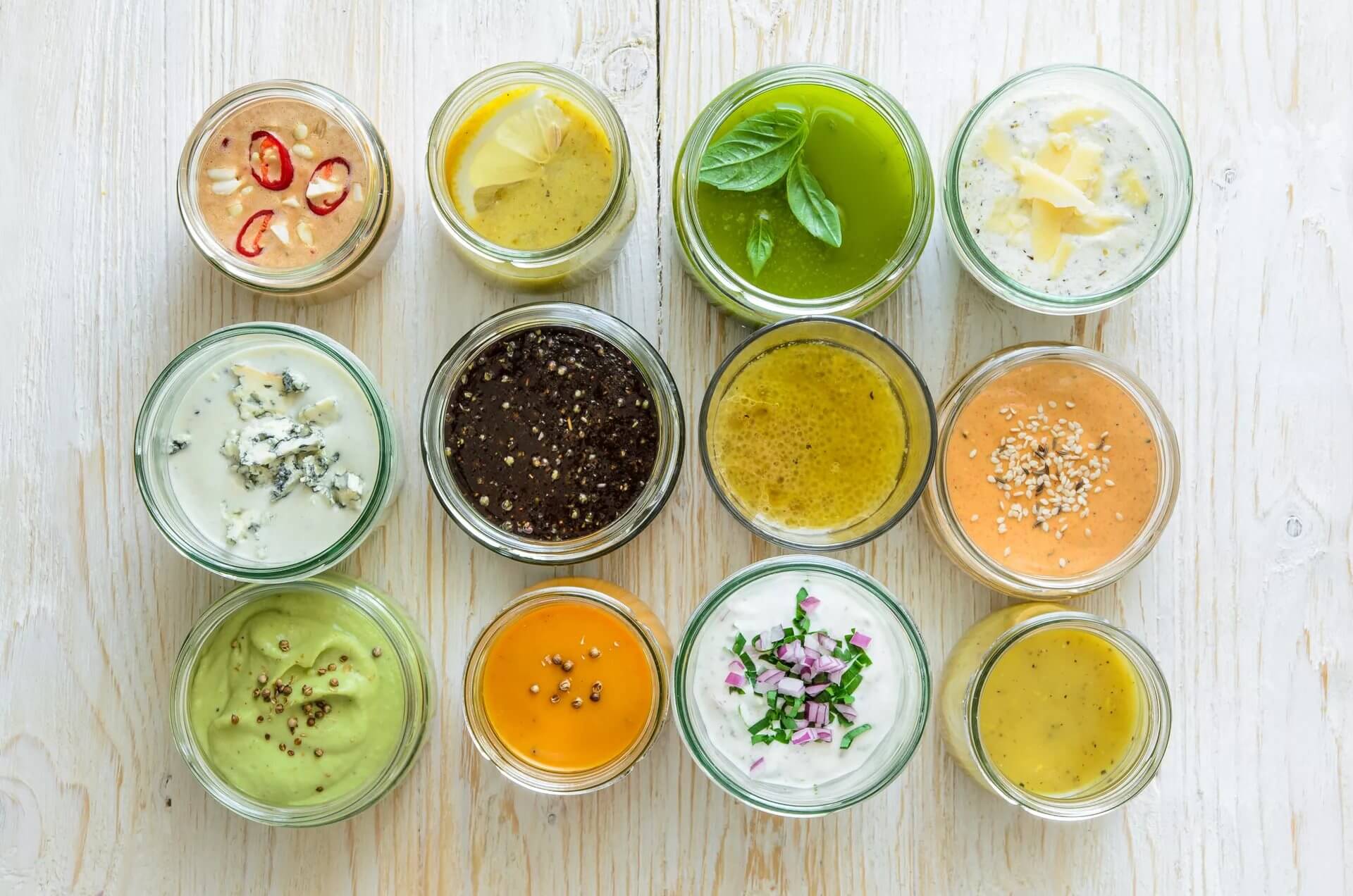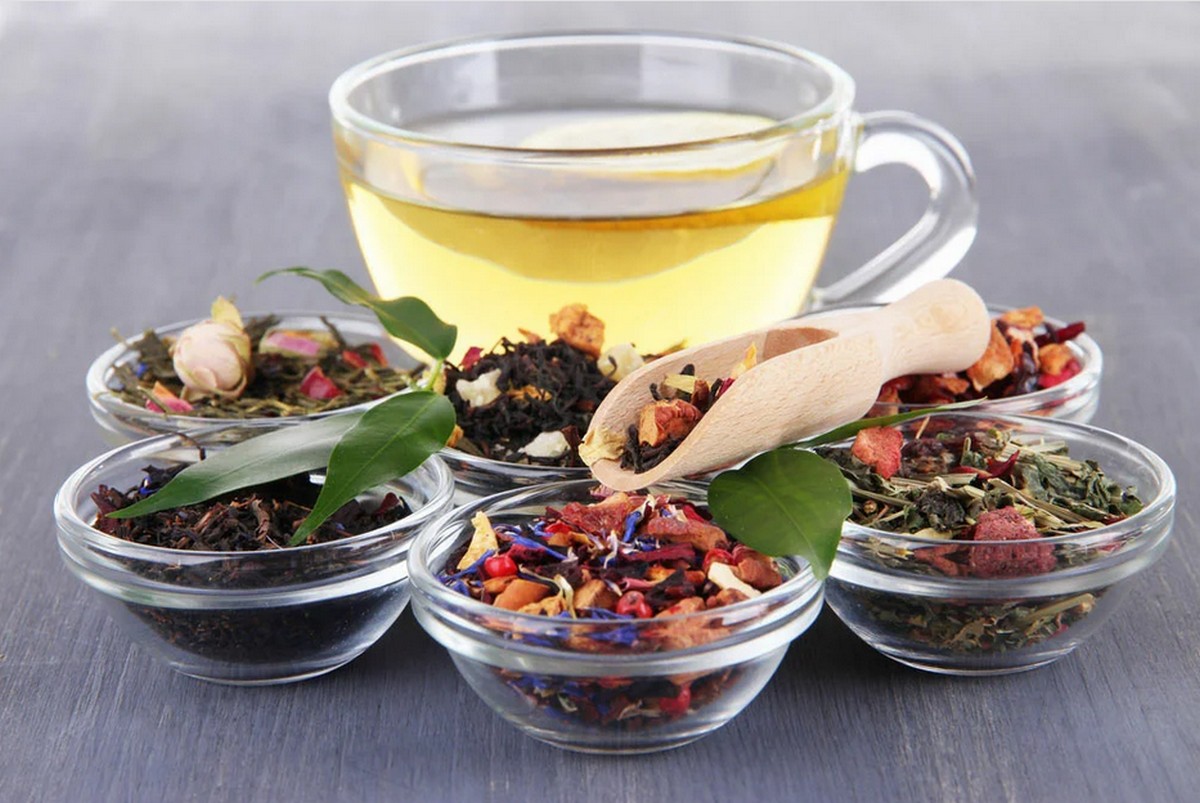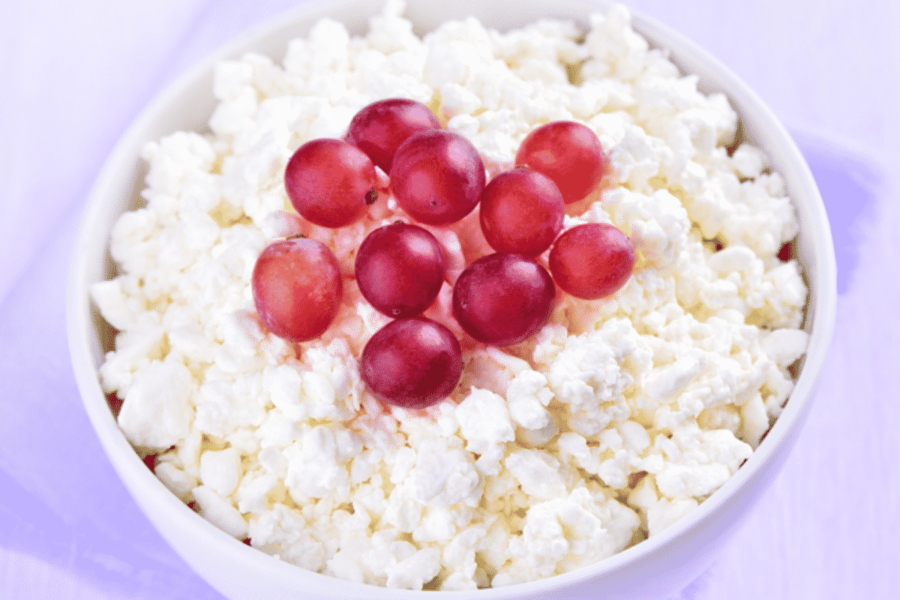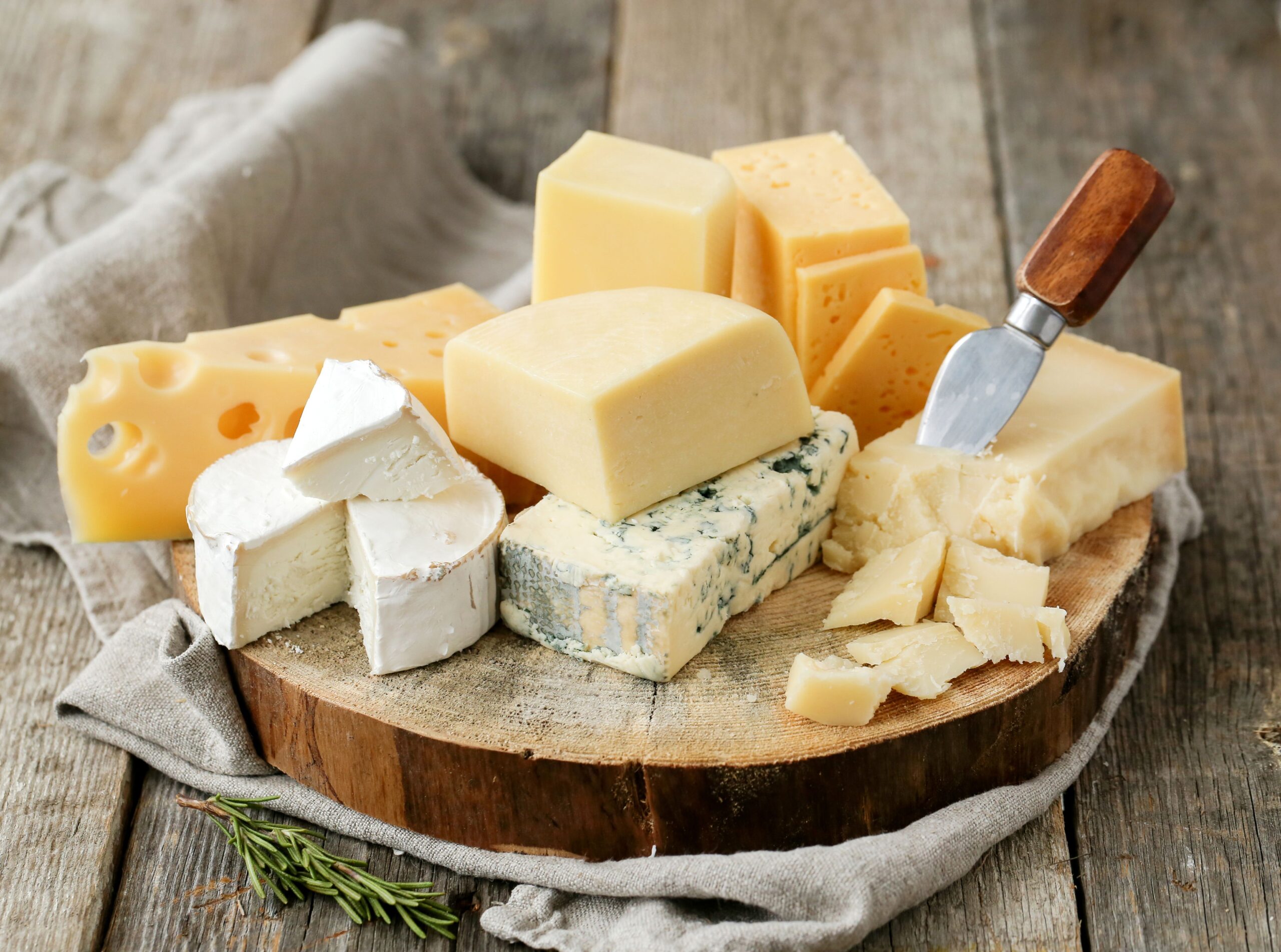Salad dressings are the magic touch that can transform a simple bowl of greens into a delicious meal. However, store-bought dressings are often loaded with unhealthy fats, sugars, and preservatives. Learning to make your own healthy salad dressings at home is not just better for your health; it’s a culinary adventure that adds freshness and flavor to your meals.
Starting with the Basics: Oil and Vinegar
The classic base of many salad dressings is a combination of oil and vinegar. Choose high-quality, healthy oils like extra virgin olive oil, avocado oil, or flaxseed oil. These are rich in beneficial fats and add a smooth texture to your dressing. For the acidic component, vinegar – such as apple cider, balsamic, or red wine vinegar – offers a tangy zest. The standard ratio is three parts oil to one part vinegar, but feel free to adjust this according to your taste.
Incorporating Fresh Herbs and Spices
Fresh herbs like basil, parsley, dill, or cilantro can elevate your dressing with vibrant flavors and aromas. Spices such as garlic, pepper, or mustard add depth and complexity. Not only do these ingredients enhance taste, but they also bring in health benefits, including antioxidants and anti-inflammatory properties.
The Sweetness Factor
If you prefer a hint of sweetness in your dressing, opt for natural sweeteners like honey, maple syrup, or agave nectar. These are healthier alternatives to processed sugars and can balance the acidity of the vinegar. Remember, a little goes a long way – you only need a small amount to achieve the desired sweetness.
Creamy, Yet Healthy Alternatives
For those who love creamy dressings, there are healthy ways to achieve that rich texture. Ingredients like Greek yogurt, avocado, or tahini can be used as creamy bases. They provide the luscious mouthfeel of traditional creamy dressings but with beneficial nutrients and less saturated fat.
Emulsifying for the Perfect Consistency
Emulsification is key to a well-blended dressing that doesn’t separate. Slowly whisking the oil into the vinegar, or using a blender, helps to create a smooth, unified texture. This process also helps in evenly distributing the flavors throughout the dressing.
Experimenting with Unique Flavors
Don’t be afraid to experiment with different ingredients to create unique dressings. Citrus juices, like lemon or lime, can add a refreshing zest. Asian-inspired dressings with soy sauce, ginger, and sesame oil offer a delightful twist. The possibilities are endless!
Conclusion: A Gateway to Healthier, Flavorful Meals
Making your own salad dressings is a simple and effective way to control the ingredients that go into your body. It’s an opportunity to play with flavors and customize your meals according to your dietary needs and preferences. With these basics in mind, you’re well on your way to enjoying healthier, more flavorful salads every day.





